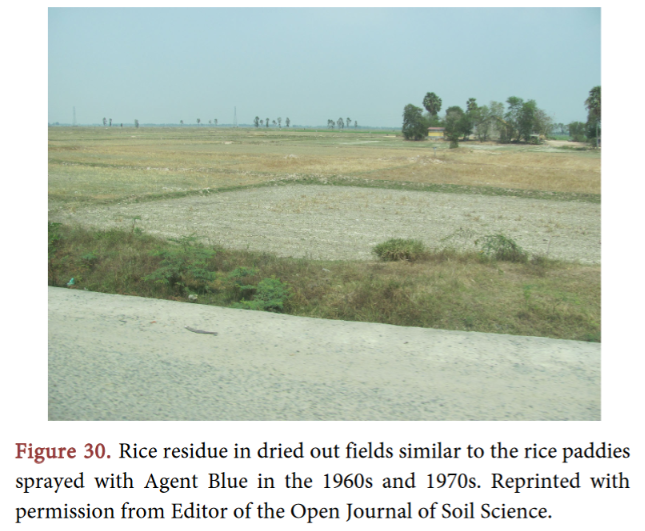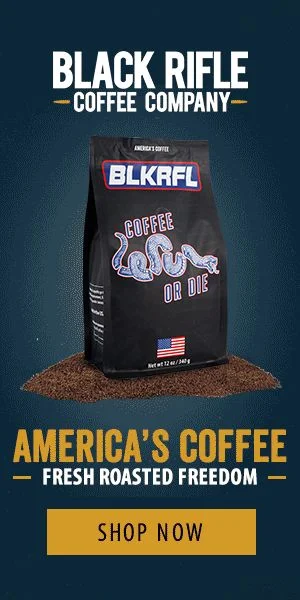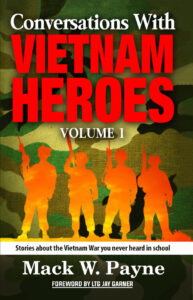Podcast: Play in new window | Download
 Episode 2486 of the Vietnam Veteran News Podcast will feature a report about the long term results of our use of Agent Blue in the American Vietnam War in that country. The featured report is titled 3.1. National Academy of Sciences (NAS) 1974 Assessment of the Impacts of Agent Blue Spraying in Southern Vietnam on the Food Supply, Environment and Human Health. It was submitted by Professor Kenneth R. Olson to the Scientific Research Publishing in a scientific paper titled Saigon River Valley: A Navigation, Trade, Mitigation, Invasion, Liberation, and Unification Pathway.
Episode 2486 of the Vietnam Veteran News Podcast will feature a report about the long term results of our use of Agent Blue in the American Vietnam War in that country. The featured report is titled 3.1. National Academy of Sciences (NAS) 1974 Assessment of the Impacts of Agent Blue Spraying in Southern Vietnam on the Food Supply, Environment and Human Health. It was submitted by Professor Kenneth R. Olson to the Scientific Research Publishing in a scientific paper titled Saigon River Valley: A Navigation, Trade, Mitigation, Invasion, Liberation, and Unification Pathway.
Citation for this paper: Olson, K.R. (2023), Saigon River Valley: A Navigation, Trade, Mitigation, Invasion, Liberation, and Unification Pathway
According to Professor Olson, A NAS study was authorized an Act of Congress, Public Law 91-441, Fiscal Year 1971 Military Procurement Authorization Act Section 506-9c. Secretary of Defense was required to make arrangements with the NAS to do a comprehensive study and investigate: Physiological and ecological dangers in inherent use of defoliation program by Department of Defense in South Vietnam, the NAS [9] study started in September 1971 to September 1973. NAS scientists spent 1500 scientist days working in Vietnam during the Vietnam War and found it an impossible to determine whether arsenic found in the rice paddy soils was from the herbicide spraying of Agent Blue, from other anthropic sources, or was present naturally in the soil prior to the spraying
Olson explained that the arsenic exists in four forms including two water soluble forms arsenite (+3) and arsenate (+5). These two water soluble arsenic salts and much of the water soluble arsenic were not tightly bound and leached from the rice paddy and root zone into the Mekong Delta or Central Highland groundwater potentially contaminating the groundwater. The arsenic rich groundwater (from natural and anthropic sources) after 1975 pumped back to the surface by hundreds of thousands of tube wells. The water was used for rice paddies, shrimp ponds and to meet the drinking water and household water needs of 15 million Vietnamese living on the Mekong Delta and in the Central Highlands
Listen to episode 2486 and discover more about the long term results of our use of Agent Blue in the American Vietnam War.











